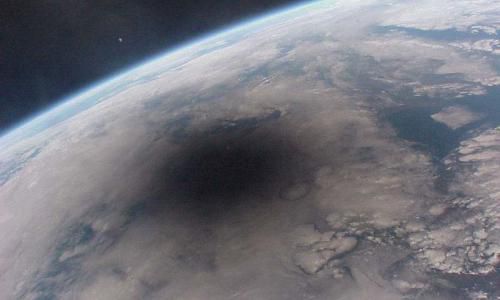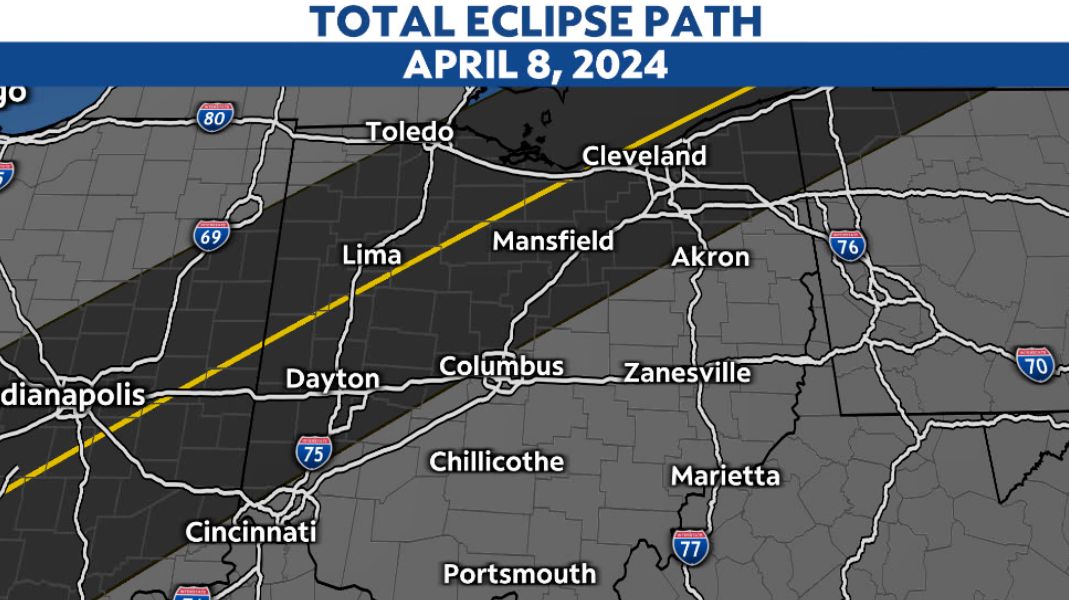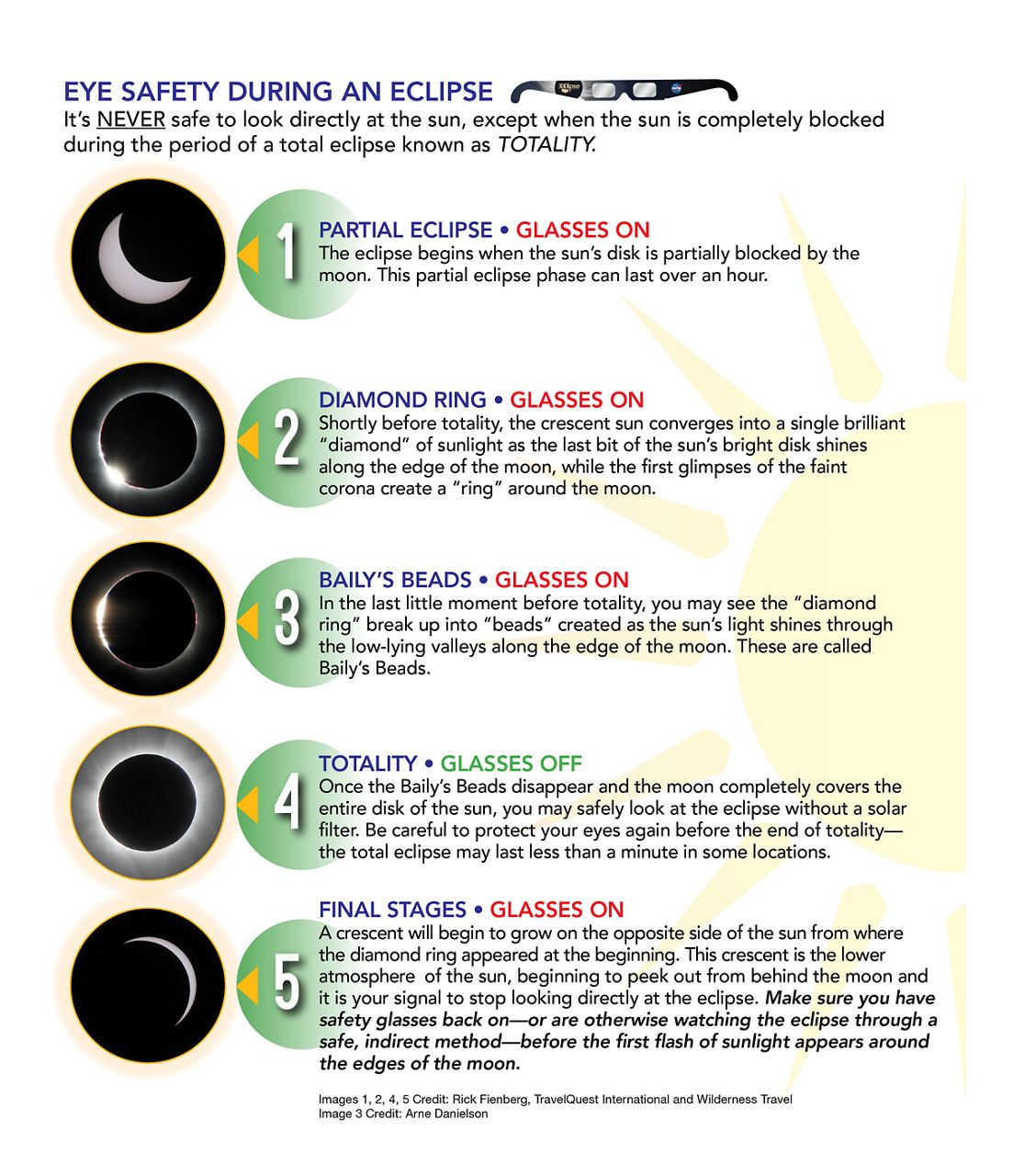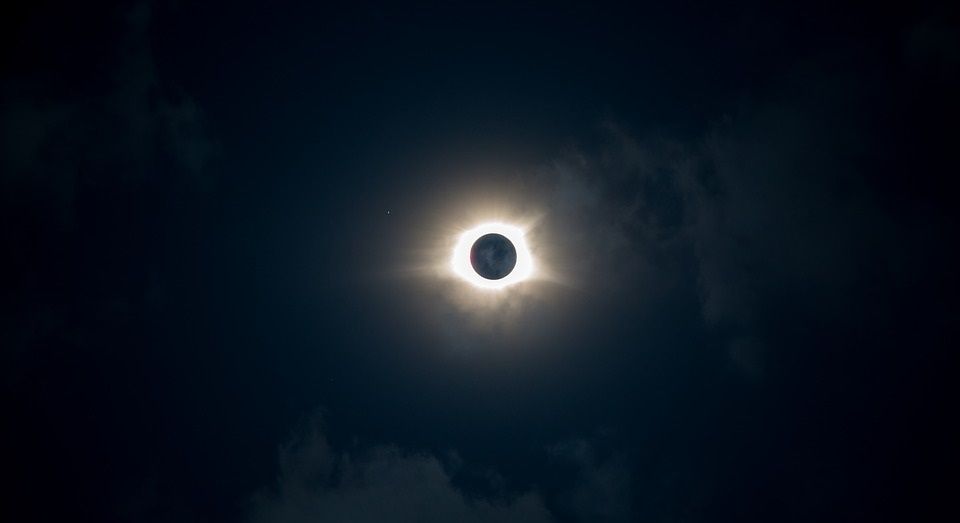It hasn’t been that long since the last awe-inspiring total solar eclipse swept across the country. Back in 2017, millions across North America witnessed it.
The next one will be here sooner than you might think. Plus, Ohioans will have some of the best seats in the house! The next total solar eclipse for North America will occur on April 8, 2024.
A solar eclipse happens when the moon passes between the sun and Earth.
A total solar eclipse occurs when the moon blocks all of the sun’s light, which casts a shadow on part of the Earth. This path is known as the path of totality. To experience total darkness during the eclipse, you have to be in the path of totality.

And it turns out that parts of Ohio will be in the next path of totality during the eclipse in 2024!

The centerline of the eclipse enters Ohio at approximately 1:52 p.m., with totality beginning there at about 3:08 p.m.
This eclipse paints a bullseye on several large cities in Ohio but barely misses a couple of others.
Dayton is one of the lucky cities, where totality will last for about two minutes and 45 seconds. That's longer than the maximum duration anywhere in the 2017 eclipse but considered merely respectable for the four-minute-plus eclipse of 2024. South of Dayton, the path of totality edges over the Cincinnati metro.
A total solar eclipse hasn't occurred in what is present-day Cincinnati since the year 1395 and there won't be another one for another millennium. It's a quick and easy trek into the eclipse path, however, and eclipse fans can use Cincinnati as a convenient home base with plenty of lodging. From Cincinnati, Interstate 75 runs through Dayton and eventually meets up with the eclipse centerline.
Toledo is situated right along the western edge of the total eclipse path, with totality lasting for about one minute and 47 seconds downtown. Durations decrease quickly as you go north and west, and a small area of northwestern Toledo is outside the path.
Detroit is less than 50 miles north of Toledo's totality and can make a good base of operations for eclipse chasers. Interstate 75 will get you to the path and all the way to the centerline.
On the other side of the eclipse path, Columbus is right on the edge of the path. Although some areas in the northwestern part of the city are inside the path of totality, most of Columbus will experience only a partial solar eclipse. But its wealth of lodging options and its extremely close proximity to the path will make the city a great base camp for expeditions into the totality zone.
Once the eclipse is about halfway through the state, the western limit of totality hops out of the U.S. and into Canada, not to re-enter again until Maine. This is also when the centerline and the western side of the eclipse path head out into Lake Erie. Unfortunately, it won't be July or August, but you can bet that plenty of boaters will be out on the lake to witness the show from the water.
Cleveland is pretty much near dead center of the path of totality, which is over water at this point. Cleveland's totality will last for three minutes and 49 seconds. With such a long duration of darkness and with plenty of lakeside viewing spots, even if they are chilly, Cleveland will certainly be rocking on April 8, 2024. Interstate 90 parallels the centerline from Cleveland all the way to the Pennsylvania border.
West of Cleveland, I-90 crosses the centerline as it curves around the lake and heads to Toledo. South of Cleveland, Akron is in the path, with totality lasting for about two minutes and 50 seconds.
The centerline of the eclipse exits the state over Lake Erie at about 4:30 p.m., with totality ending in that location at about 3:19 p.m.
From the Indiana-Ohio border to the Ohio-Pennsylvania border, the moon's shadow travels 262 miles along the centerline in about seven minutes at an average speed of 2,245 miles per hour.
NASA recommends wearing protective viewing glasses during the eclipse. However, if you in the path of totality and there’s total darkness (when the moon completely blocks the sun) you can safely slip the glasses off until the sunlight glimpses past again.

Try not to miss this total solar eclipse, because the next one won’t happen in North America until 2045.



